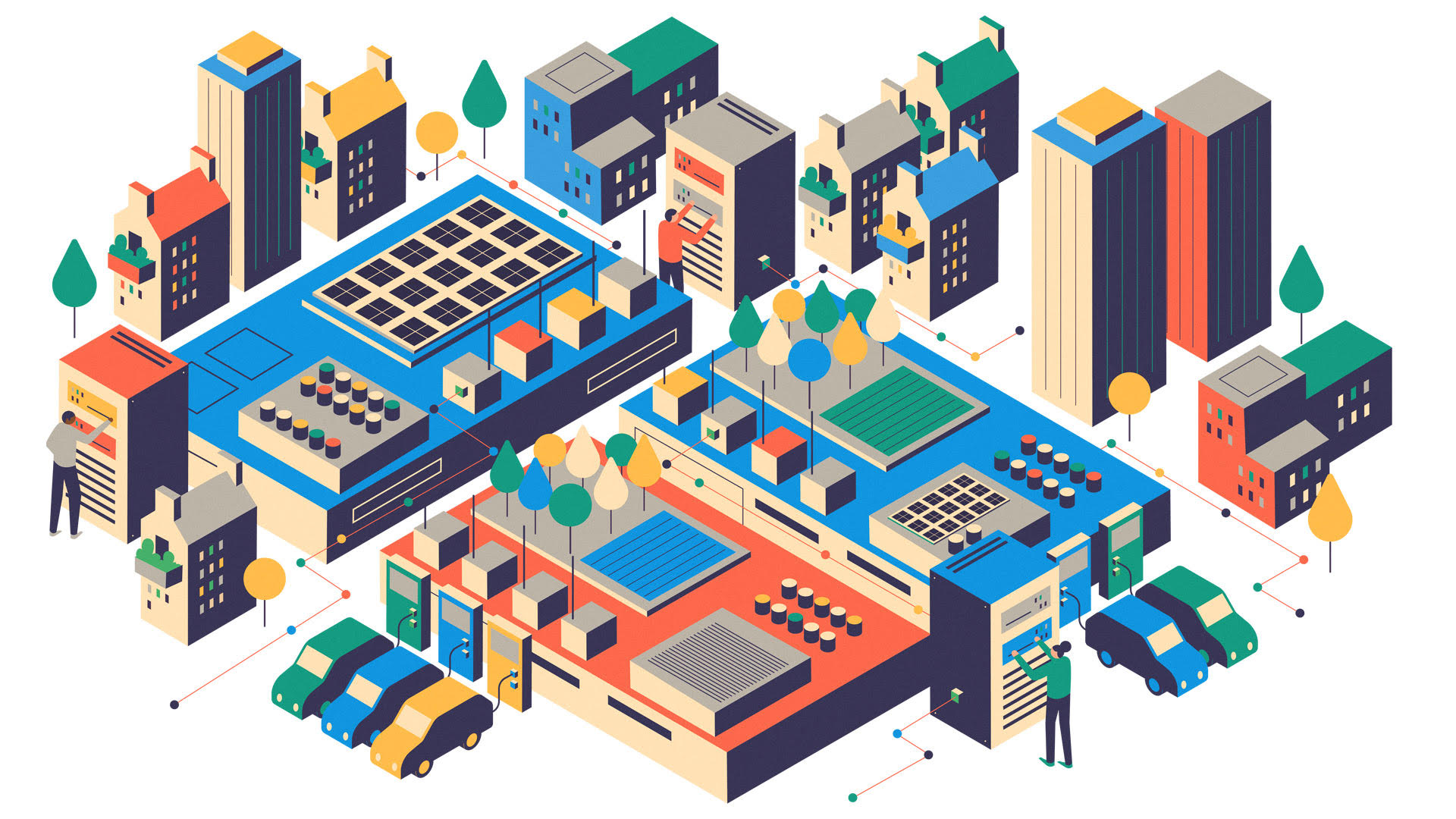
Anyone who’s had trouble getting on a Zoom or Teams meeting during the mid-morning peak will attest to the ever-increasing need for data capacity. This greater need for capacity means building more data centres.
Callum Faulds MRICS, director with cost consultants Linesight, which has worked on 260 data centres in the US, says it’s a global issue: “Data centre demand is up all over the world because more people are working from home. Factors such as the increased use of social media, streaming on smart phones and video game systems that need a fast internet connection were already a consideration. There is rapid growth across European markets and we are currently advising on data centre projects in a number of countries on the continent, including Spain, Switzerland and Sweden.”
While previous thinking was to locate data centres away from urban areas on brownfield sites, they are now popping up in more densely populated places as their appearance does not generate the local outcry they might once have. They are “an asset class that local authorities are increasingly having to deal with,” says Rennie Dalrymple MRICS, managing director of construction consultancy Concert.
A crucial element of the push to build more data centres is reducing the carbon footprint of these energy-hungry buildings. This includes features such as onsite solar generation, air cooling for IT equipment, rainwater harvesting to minimise water taken from the mains, and electric car charging points for staff.
A growing awareness of sustainability credentials among the public means the planning, designing and running of data centres needs teams of professionals who are able to provide and check these credentials. Data centres are also aiming to be ahead of other building typologies when it comes to a greener approach, with several major operators having signed up to the Climate Neutral Data Centre Pact (CNDC). This pact signs data centres up to being climate neutral by 2030, a full 20 years before the European Green Deal comes into force.

Google and Amazon accounted for half of all new hyperscale data centres launched in 2020
Hyperscale data centres
“Migration of data storage to online methods is continuing apace in India for everything from e-commerce to medical aid and education,” says Niranjan Hiranandani FRICS, co-founder & MD of Hiranandani Group. India is also considered an alternative location to China, for companies around the world looking to store data. Hiranandani adds that there has been an emergence of “hyperscale data centres” (classed as 10,000 ft2 or more, with at least 5,000 servers) for the likes of Google and Amazon. These two tech behemoths accounted for half of all new hyperscale facilities launched in 2020, according to market research firm Synergy Research Group. It reported that there are twice as many hyperscale data centres globally as there were six years ago.
According to Cushman & Wakefield’s 2021 Global Data Center Market Comparison, Singapore, Sydney and Tokyo make the top three most attractive locations for data centres, with Hong Kong taking fourth spot. This special administrative region of China, despite its high land values, has reliable electricity supplies, low electricity cost, stable connectivity and world-leading infrastructure. All of which contributed to China Mobile’s purchase of industrial crown land in Sha Tin last year through public tender, for HK$5.6bn (US$720m).
While the running of data centres is not a significant contributor to employment, “in five or 10 years the digital skills needed for working in data centres for the likes of Amazon Web Services (AWS), Microsoft, Facebook and Google will be in demand,” says Dalrymple. “Already on one scheme we are working closely with local technical colleges to support the development of students’ technical skills.”
As well as employment prospects, the future looks bright for data centres’ growth, with Faulds adding: “Factors such as the growth in procurement of renewable energy, innovative battery technology and availability of power sources, as well as tax incentives and the increased use of 5G is expected to bring further investment in data centres.”
Get Modus features sent straight to your inbox by signing up for the newsletter


